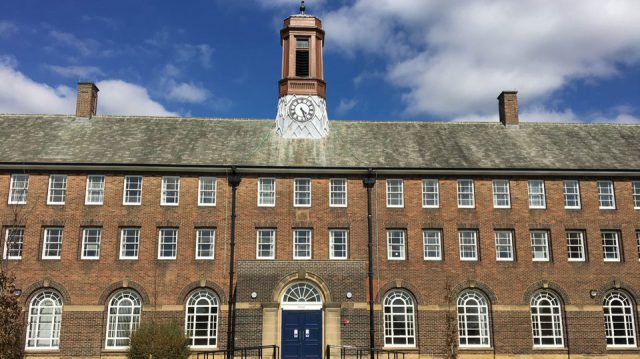
By making our infrastructure sustainable, we can help make it more resilient to future social, economic and environmental threats and ensure that we can meet the future needs of our Armed Forces. In this blog, I’d like to highlight some projects we’ve been working on that have used sustainable construction.
Submarine, Escape, Rescue Abandonment and Survival project at HMNB Clyde
The new Submarine Escape, Rescue Abandonment and Survival (SMERAS) project at HMNB Clyde achieved a DREAM excellent rating for the construction stage. DREAM is an environmental performance assessment tool for new build and refurbishment projects which ensures that all clients, designers and project managers manage environmental issues effectively.
The project used various energy saving technology including a combined heat and power unit which is used to heat the training pool, LED lightning and has extensive lightning controls which reduce usage in unused areas. Water saving units and leak detection alarms have been installed to conserve water.
The project has an earth retaining wall running the length of the site which was constructed using site won material. This has helped to reduce the amount of materials needed for construction.
Solar panels at the Northern Ammunition Jetty, Scotland
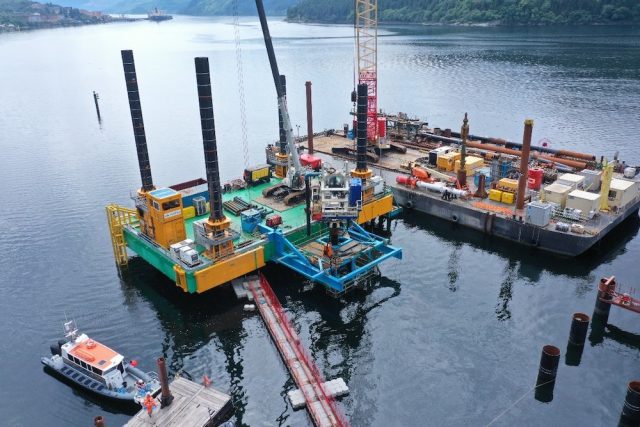
Concrete batching plant at RAF Lakenheath
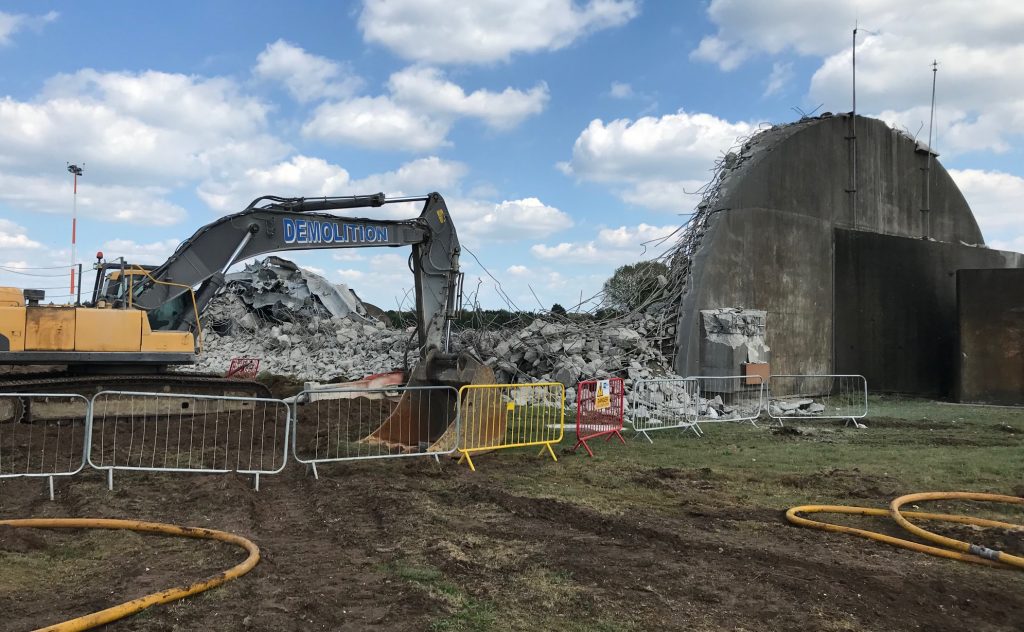
Project Wellesley
If you’ve read this blog before, you’ll know what Project Wellesley is, but for those of you that don’t this project involves building world-class tri-service facilities for military personnel at Worthy Down and creating Mindenhurst, a residential development at the former Princess Royal Barracks.
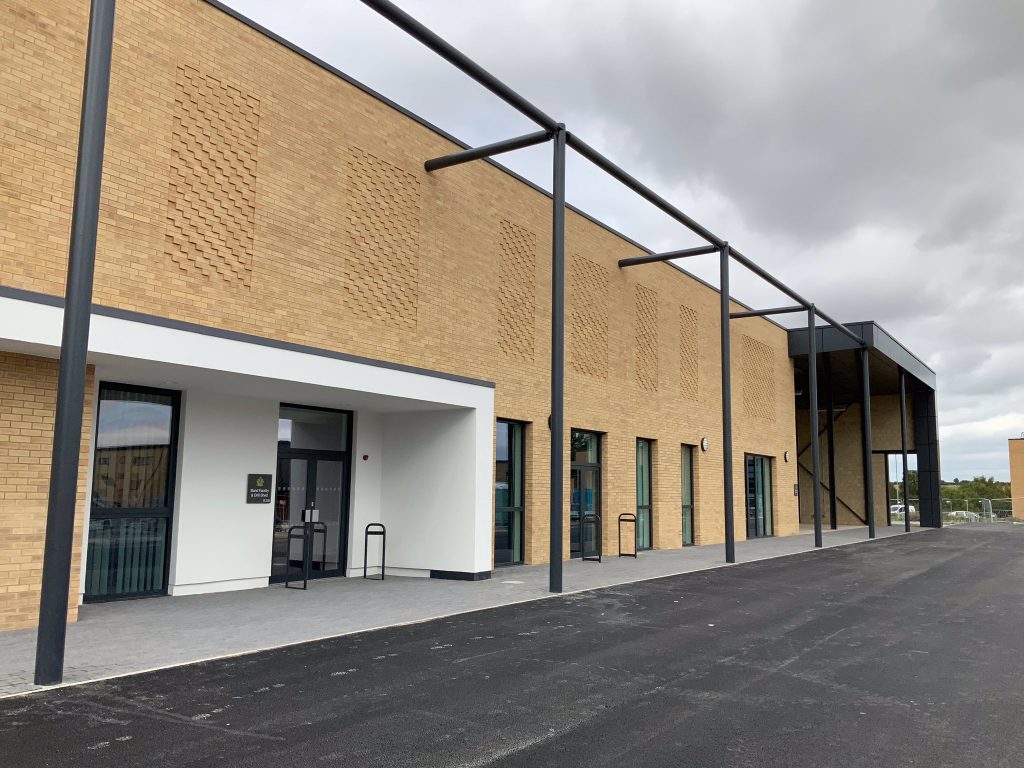
The single living accommodation blocks have been constructed using a combination of traditional and modular methods which help to reduce carbon emissions. The buildings also meet modern design standards in terms of thermal insulation, air leakage and heat recovery.
Britannia Royal Naval College physical development centre
Specific materials were used to complete work on the new state-of-the-art physical training centre for the Britannia Royal Naval College (BRNC) in Dartmouth to make it sustainable and resilient to climate change. The materials ensured that the building blended seamlessly into its surroundings whilst maintaining consideration for both the historic significance of BRNC and the wider community in Dartmouth.
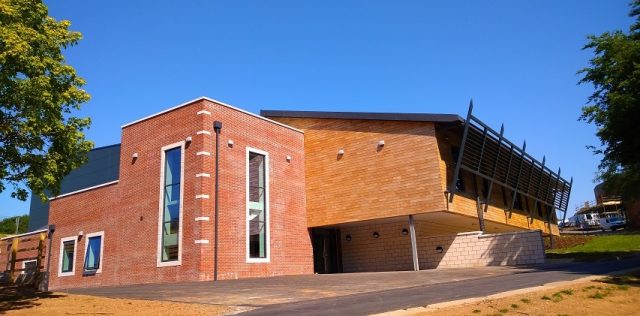
These are just some of the ways that we use sustainable construction in our infrastructure. DIO is committed to sustainable practices in all we do. Keep an eye on our blog for more information on our commitment to sustainability or have a look at the latest Sanctuary magazine.
1 comment
Comment by Poppy posted on
It's fantastic to see the diverse applications of solar in practise! From off-grid systems on a jetty in Scotland, to a Naval College in Dartmouth... generating electricity to heating water... it's great to see the MOD embracing sustainability, as we all should be. I hope that the sustainability doesn't end at the construction of the building but becomes an integral part of our culture, military or not. Great article and great read.
I support our local <a href="https://www.portsmouthsolar.com"<solar energy company</a> in Portsmouth, where of course we do have a rather impressive naval base ourselves, though unfortunately not seen on this list.